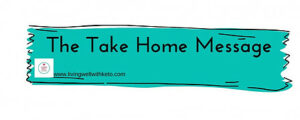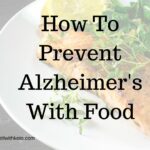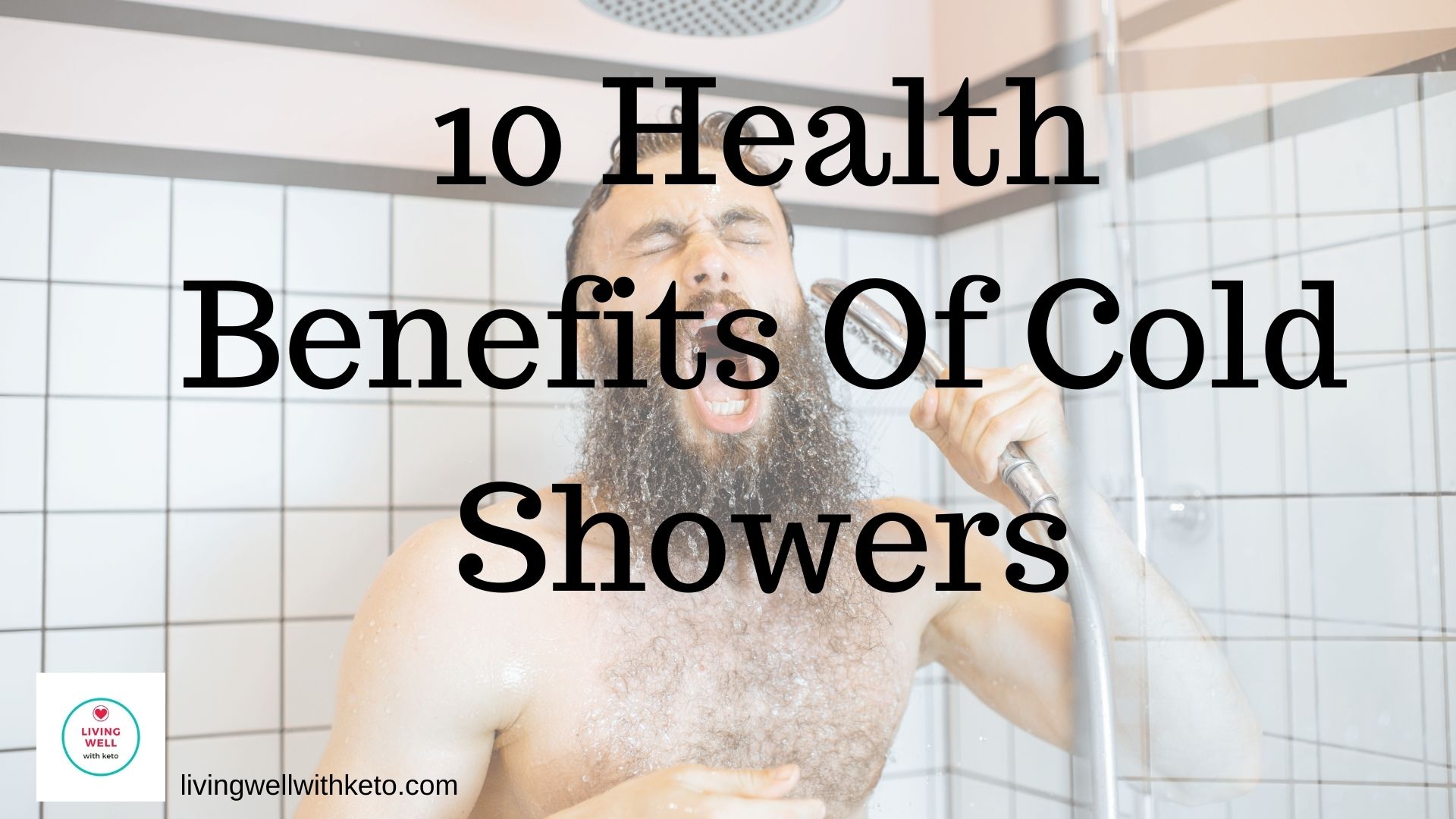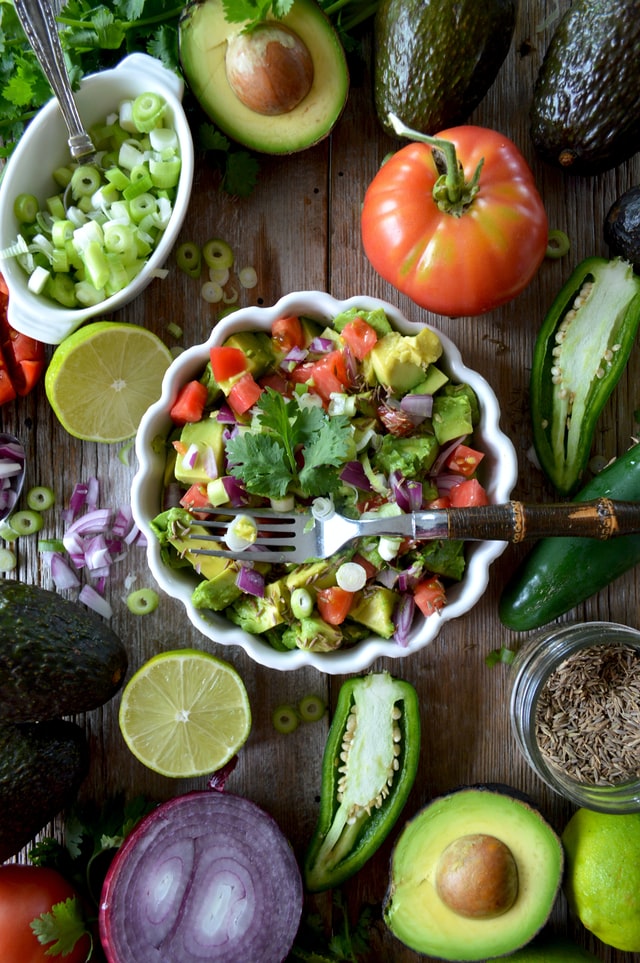How many carbs can you have on a keto diet? Can they be from any source? Which are the best carbs to eat?
You’ll want to know all about your carb allowance, and how to eat the right carbs on your keto diet.
This is the most important part of the keto diet to get right.
Too many carbs will keep you out of ketosis. Too few and you may be missing out on some important nutrients.
Why are carbs limited on a keto diet?
You have probably been reading for years that we should all be basing our diets on carbohydrates. Who isn’t familiar with the food pyramid?
Unfortunately, the advice to eat a diet based on carbs has delivered none of the promised health benefits.
Instead, it has coincided with an explosion in poor health and obesity.
There are now more obese people than ever before, and for the first time in developed countries, life expectancy has gone down. (1)
Many of the top causes for death are conditions that have now been linked to obesity and inflammation.
Rates of Type two diabetes in particular have shot upwards. This trend started at the same time as the food pyramid first became common knowledge.
Too many carbs, especially simple carbs, can send blood/glucose levels very high, very quickly.
When this process is triggered too often it causes dangerous chronic inflammation in your body .
This inflammation is the cause of many diseases including cancer and Alzheimer’s disease.
At the same time, a surge in blood/glucose levels triggers the release of insulin, which is the hormone that allows glucose in the blood to pass into the cells.
Insulin is also the body’s fat storing signal. Insulin will encourage your body to store any glucose not needed immediately.
This is the process by which you store fat when the body senses that there are more than enough carbs coming in.
To prevent unhealthy inflammation, and to force your body to use its fat stores, it is necessary to eat in a way that does not cause a high blood/glucose levels.
You need to eat in a way that is in tune with your biology and your hormones.
The keto diet does this by limiting carbs.
When carbs are severely limited, your body cannot rely on them as a source of energy. Your body will switch to its secondary metabolic pathway.
This is to use your stored fat for energy instead.
Once you are fat burning, you will be producing the ketones that gives the keto diet it’s name.
So, a very limited amount of carbs will put you into the healthy fat burning state of ketosis.
As long as you remain under the 20g net carb allowance, you will stay in this healthful state.
How many carbs can you have each day on the keto diet?
The keto diet is a low carb, medium protein and high fat diet, and its important to stay within the recommended amounts – especially when you first start.
If you’re unsure how many carbs, fats and protein you can eat each day visit this keto calculator
If you need to read more about the ketogenic diet see:
What is the keto diet about? and
As already said, by keeping your daily intake of carbs very low you will force your body to start burning fat to meet all its energy needs.
When your body is burning fat, you will produce ketones.
Ketosis is the state that will bring you all the many weight loss and health benefits of eating the keto way.
For more information see:
How long does it take to go into ketosis
Generally you’ll need to keep your carb intake to no more than 20g net carbs each day.
Net carbs means to the amount of carbs left after you have subtracted grams of fiber from the total carb count.
At this level of carb intake, you are going to be able to get into ketosis within about a week of starting on the keto diet.
It’s possible that your own individual carb tolerance is higher than the 20g net that is suggested.
However, we advise that you stay at this level until you have become more familiar with the diet, and have been in ketosis for several weeks.
Once you have reached that stage, you can begin to experiment with your own personal level carbs for ketosis. You may well find that you can stay in ketosis at 50g net a day or even higher.
When you are ready to experiment with your carb intake read:
How to work out your own carb limit for ketosis
So, for now you’ll need to be strict about keeping to the 20g net carbs per day limit.
Which Carbs are best for keto?
Is a carb a carb? Can you eat any source of carbs as long as it keeps you below the magic 20g net?
The short answer is yes you can, and you will stay in ketosis.
However, the longer answer is that although you can eat any carb you want, it isn’t advisable for your weight loss nor for your health.
When you are limiting your carb intake, you want to make sure that every carb you eat contains as many micro nutrients as possible.
In other words, you want to be eating nutrient dense carbs.
Without a doubt, you want to step away from the simple carbs such as sugar and grains.
Just one slice of bread can use up over half of your daily carb allowance while offering you very little or nothing in the way of necessary micro nutrients.
Moreover, if you are a carb or sugar addict, just a tiny slice of cake or a cookie could have you craving for more.
Simple carbs will spike your blood/glucose levels, which will lead you to feeling even more hungry within hours.
You’ll also experience that energy slump which comes from unstable blood/glucose levels.
Avoid that tired, hungry feeling and make things easy for yourself.
Walk away from the simple carbs.
Examples of simple carbs include:
- Sugar
- Corn Syrup
- Fruit Juice
- Cookies
- Candy
- Cake
- Bread
- Pasta
- Rice
- Soda drinks
- Most ready meals
- Any baked food such as pie which is made from wheat flour.
Best Carbs to Have on a Keto Diet
Complex, nutritionally dense carbs are what you should consider using within your 20g net per day allowance.
These are the carbs that will offer you the most benefit for the fewest carbs.
By making it your habit to eat these sorts of carbs, you will be making sure that your keto diet is providing you with all the minerals and vitamins you need for optimal health.
These carbs include:
- Non Starchy above ground vegetables
- Nuts
- Berries
- All meats and fish
- Eggs
Non Starchy above ground vegetables that are low carb
These are the vegetables that you should consider including each day. They are super healthy and will help you to reach all your vitamin and mineral needs, as well as staying within your keto macros.
These include:
- Broccoli
- Cauliflower
- Kale
- Spinach
- Zuchinni
- Tomato
- Asparagus
- Avocado
- Olives
- Lettuce
Simply by adding a salad to your meat or fish meals you will be gaining extra vitamins and minerals.
Some vegetables such as cauliflower and avocado are super stars when it comes to low carb goodness. There are literally hundreds of ways that you can eat these vegetables.
Olives are also super healthy, and can contribute towards your fat intake too.
Keto friendly nuts
These contain many great nutrients, and are a great addition to any diet.
However, they are easy to over eat, and you’ll need to weigh out your portion and be aware of the different carb counts in each type of nut.
It’s probably an item not to eat straight out of the bag. Without even trying you can consume way over 20g of carbs.
Low carb dairy products
Some dairy products are very high in carbs and will need to be avoided. Others are great sources of nutrients especially fats which are important on the keto diet.
Milk and yogurt both contain too many carbs to use, and neither will offer much in the way of keeping you full.
However, try to include these products every day:
- Grass fed Butter
- Cream
- Cheese, especially hard cheeses such as cheddar, feta or Gouda
Eggs
With thirteen essential vitamins and minerals plus antioxidants, this is a keto friendly low carb food that you can enjoy as often as you want to.
Super versatile and very low carb, you can easily eat several of these without having to worry about your carb allowance.
Hard boil a few to keep in the fridge for a quick keto snack which will keep you on the right path.
Healthy keto recommended oils
Carb free and packed with goodness, these are the oils that you can use every day.
Stay away from seed oils as they are not good for your health. For more information see this article on the dangers of seed oils.
Recommended oils are:
- Olive Oil
- Avocado Oil
- Coconut Oil
- MCT Oil
All of these oils can be used freely. However, if you are new to MCT oil, you will need to start slowly to avoid digestive issues.
Meat and Fish
All meat and fish are low carb and keto friendly.
Enjoy these foods as often as you want to. Make sure to include some oily fish such as salmon and tuna as they are rich in omega 3 fatty acids.
Try to eat grass fed, organic meets when you can and if you can afford them. These types of meat really are more nutritious and are free from hormones and antibiotics.
However, any meat or fish will easily give you a lot of food for very few carbs, and you should consider including these foods each day.
Add a salad or a few above ground vegetables and you will have a nutritionally complete low carb meal.
The keto diet is all about controlling your carbohydrate intake. It is this restriction in carbs that will force your body to switch to fat burning to meet all of your energy needs.
Once you are burning fat for fuel you will be producing ketones and in the state of ketosis.
This would not be possible without restricting your carb intake. Initially carbs will need to be kept to 20g net each day.
There is no need to try to completely avoid carbs, as the 20g limit is low enough for you to trigger ketosis.
However, you do need to be careful about what you spend your 20g allowance on.
With so few carbs, you don’t want to waste them on simple carbs. One donut may just keep you under your limit, but it won’t leave you with any carbs to use on vegetables or nuts.
Obviously it’s important that you stay within your individual macros, but you need to ensure that you’re eating all your micro nutrients too.
Take the time to become familiar with the healthy, complex carbs and vegetables that you can enjoy. By doing this you will be able to maintain the keto diet long term while meeting all your nutritional, health and weight loss goals.















